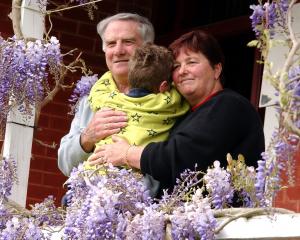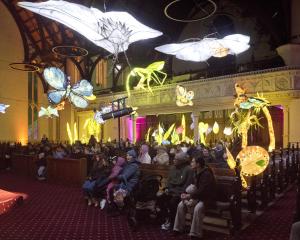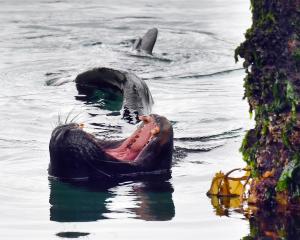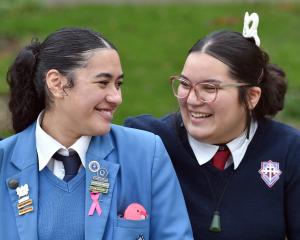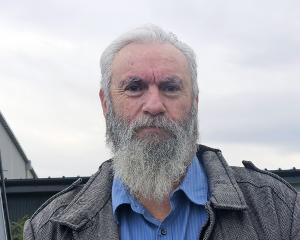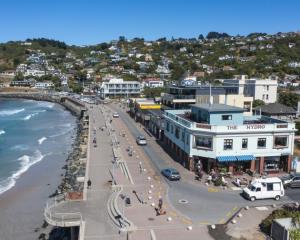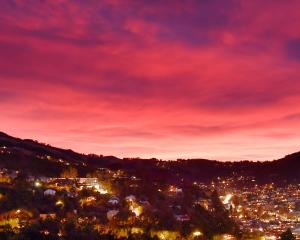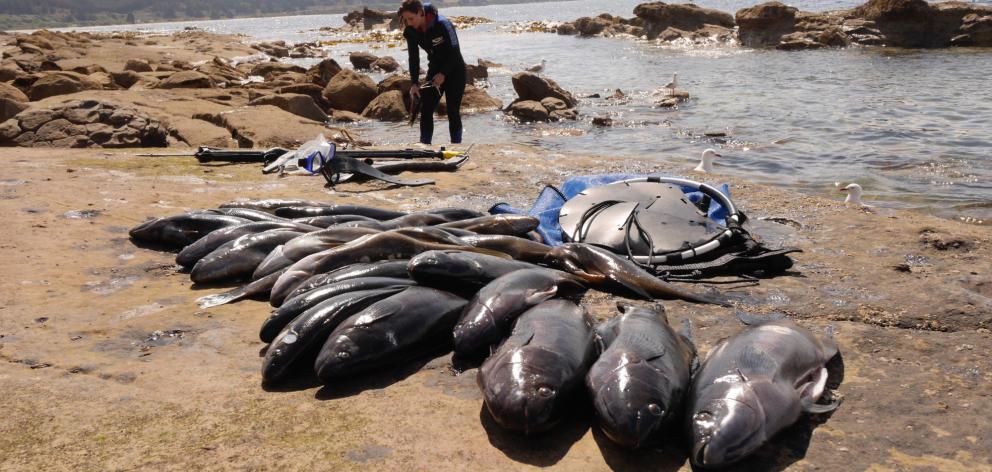
But forum members say biodiversity and habitat protection were the "main drivers" when selecting possible marine sites to protect and children’s ability to access the waters was less important.
The forum is calling for submissions on proposals for 20 sites for possible inclusion in a network of protected marine areas.
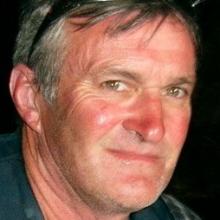
Experiencing Marine Reserves Otago co-ordinator Andrew Penniket, of Wanaka, said he was "intensely frustrated" with the choice of sites.
The sites were "too few, too small and in many cases, in the wrong places", he said.
Even if every proposed site was approved, southerners would be "sold short", Mr Penniket said.
He was disappointed the areas were difficult to access and as a consequence, educational opportunities for children would be lost.
Experiencing Marine Reserves took Dunedin pupils snorkelling at Mapoutahi but it was difficult to get children "fired up" when there were no fish to see.
New Zealand’s first marine reserve, at Goat Island, established in 1976, was easy to access.
"Kids can go and see fish — lots of fish, big fish, big paua and big crayfish."
The forum had failed children in the South, he said.The best places for marine reserves in the South were Shag Point and The Nuggets but both sites had been excluded from the network.Both areas would have enormous conservation, tourism and education benefits.
"Instead the public are dished up with a proposal for Pleasant Point to Stoney Creek, to which there isn’t even road access. It’s exposed to the south and offers very poor opportunities for public enjoyment and education."
A boat was needed to access the Green Island site and the Akatore coastal site was an exposed coast with limited road access.
The Long Point site had limited access for children and was a more than two hours’ drive from Dunedin.
The underwater television cameraman has visited most of New Zealand’s marine reserves in the past 40 years.
"I am well aware of what makes a good reserve and what ones are fairly pointless," Mr Penniket said.
Forum chairwoman Maree Baker-Galloway said access was just one of many factors the forum had to consider.
"Access was not one of the most important factors [and] was ranked below habitat types and effects on existing users but it’s still relevant," she said.
Each of the proposed sites could be accessed legally and the access route had potential for "enhancement", Ms Baker Galloway said.
She said Mr Penniket should make a detailed submission outlining his concerns before the submission period closed at 5pm on Tuesday.
Forum member Neville Peat, representing the "community sector" on the forum, said access was a "big plus" when choosing a site but biodiversity and habitat protection were the "main drivers" for selection.
One area that had been proposed, on the southern side of Otago Peninsula (Harakeke Point to White Island), included more than 17km of coastline.
A marine reserve similar to Goat Island could be established on easily accessible Dunedin beaches, including St Clair, St Kilda, Smaills and Tomahawk beaches.
Mr Penniket said the Harakeke Point to White Island site was exposed, mostly sand and would be a dangerous place to take children snorkelling.

